This article was co-authored by Lewis Chen, DDS, FICOI, FIADFE. Dr. Lewis Chen is a licensed Dentist in both New York and New Jersey, specializing in providing high-quality oral care in the form of preventative care. He holds an Economics degree from New York University. Dr. Chen earned his doctorate at Columbia University College of Dental Medicine. He graduated top of his class with the highest honors and distinction and was nominated and inducted into the only renowned, national dental honor society, Omicron Kappa Upsilon (OKU). He then completed a comprehensive training program at the Bronx VA Medical Center and, shortly after, decided to pursue multiple practice ownership and management. Dr. Chen has acquired numerous accolades over the years, including New York Academy of Dentistry Exemplary Professional Conduct Award, Academy of General Dentistry Outstanding General Practitioner Award, American Academy of Implant Dentistry Award, and Pierre Fauchard Foundation Award.
There are 7 references cited in this article, which can be found at the bottom of the page.
wikiHow marks an article as reader-approved once it receives enough positive feedback. This article has 13 testimonials from our readers, earning it our reader-approved status.
This article has been viewed 338,015 times.
When you get braces, your teeth and braces will require special care to keep them happy. For instance, you'll need to watch what you eat, as certain foods will harm your braces. You'll also need to brush your teeth and braces regularly to keep them clean, as well as take a few special steps with non-metal braces.
Steps
Eating and Drinking to Protect Your Braces
-
1Avoid hard foods for the most part. Hard foods, including hard candies, pretzels, and even foods like raw carrots and apples, can be a problem with braces. They can cause wires or bands to snap.
- Other hard foods to avoid include chips, taco shells, and even popcorn. Nuts, ice, and beef jerky can also be a problem.
- Also, don't chew on non-food items like nails, pencils, and pens.
- To eat apples, carrots, and other healthy hard foods, cut them into small pieces before eating.
-
2Skip chewy and/or sticky foods. Foods like gummy bears, peanut butter, caramel, and dried fruit can all cause issues for braces. They are likely to get stuck in the braces, and you might break the braces trying to get the food out.Advertisement
-
3Minimize sugary foods. Foods and drinks such as cake, candy, ice cream, pie, and soda don't do your teeth any favors. The bacteria that form plaque love sugar. Make sure you brush and floss after you eat foods or drink beverages high in sugar.
- Eating sugary foods is especially a problem when you're wearing braces because plaque can build up in more places than normal, such as around the brackets.
Cleaning Your Teeth and Braces
-
1
-
2Remove the interarch rubber bands. Before brushing, take off the interarch rubber bands. These bands usually connect the top of the mouth to the bottom, and you shouldn't confuse them with the small ligature bands (the colorful ones) that connect your teeth together. You need to remove them so you can get in and around them to brush your braces and teeth.[3]
- If you have the clear, removable braces, you can just take them out and brush normally. Be sure to put them in their case to protect them.[4]
-
3Rinse your mouth out. It helps to start your brushing routine by rinsing with water first. Take a mouthful of water, and swish it around the inside of your mouth. This process will help draw out food particles in your mouth, making it easier to remove them.
- You can also rinse when you can't brush. If you forgot to bring your toothbrush with you, the next best thing is rinsing. Fill your mouth with water, and swish it around thoroughly. Spit the water out. Brush when you're next near your toothbrush.
-
4Brush your teeth thoroughly. You need to brush your teeth, the gum line, and the brackets. With the toothbrush at a 45-degree angle, brush the gum line first. Then, adjust the toothbrush to brush the top and then the bottom of the brackets, making sure to get your teeth along the way.[5] Remember, you should brush for two minutes each time.
-
5Floss at least once a day. Flossing with braces is a bit more difficult because the wires get in the way of the floss.[8] However, a floss threader can help. You pull about five inches of floss through the loop of the threader, then pull the threader in where you can't get the floss (above the wire). Make it go between your teeth, then take the floss out of the threader to floss your teeth.[9]
- A water flosser may also help. Certain models have special orthodontic tips included, so keep that in mind when selecting your device.
Taking Special Steps
-
1Change interarch rubber bands daily. Interarch rubber bands are the ones that connect your top teeth to the bottom, not the colorful ones in between teeth. The interarch bands need to be replaced about once a day because they endure a lot of stress.[10]
-
2Avoid staining drinks with ceramic braces. If you have clear ceramic braces, you likely want to keep them clear so they are less visible. To do so, it's best to skip drinks that stain, such as coffee and red wine. Smoking will also stain them. If you do partake, make sure to brush afterwards.[11]
-
3Take invisible braces out to eat. Invisible braces are made to be taken out for short periods. You can remove them when you are eating, for instance. Make sure you place them in the provided case so you don't damage them.[12]
-
4Remove invisible braces to put in a mouth guard. You can generally leave invisible braces in while you play a sport. However, if you need to put in a mouth guard, you can certainly take out your braces to put in a mouth guard so you can play.[13]
-
5Talk to your orthodontist about problems. If you are having any issues, don't be afraid to talk to your orthodontist. They may be able to make an adjustment to your braces, or they may be able to give you a tip to deal with the problem.
Warnings
- Be sure to stick to the diet your orthodontist recommends, especially at first.⧼thumbs_response⧽
References
- ↑ Alina Lane, DDS. Board Certified Dentist. Expert Interview. 21 April 2020.
- ↑ http://kidshealth.org/en/kids/braces.html#
- ↑ http://www.colgate.com/en/us/oc/oral-health/cosmetic-dentistry/adult-orthodontics/article/why-use-rubber-bands-with-braces-0113
- ↑ https://www.invisalign.com/how-invisalign-works/living-with-invisalign
- ↑ Alina Lane, DDS. Board Certified Dentist. Expert Interview. 21 April 2020.
- ↑ http://parkcrestdental.com/types-braces-clear-ceramic-braces/
- ↑ https://www.invisalign.com/how-invisalign-works/living-with-invisalign
- ↑ Lewis Chen, DDS, FICOI, FIADFE. Licensed Dentist. Expert Interview. 11 May 2021.
- ↑ http://www.colgate.com/en/us/oc/oral-health/basics/brushing-and-flossing/article/using-a-floss-threader-make-flossing-easier-0313
- ↑ http://www.colgate.com/en/us/oc/oral-health/cosmetic-dentistry/adult-orthodontics/article/why-use-rubber-bands-with-braces-0113
- ↑ http://parkcrestdental.com/types-braces-clear-ceramic-braces/
- ↑ https://www.invisalign.com/how-invisalign-works/living-with-invisalign
- ↑ https://www.invisalign.com/how-invisalign-works/living-with-invisalign
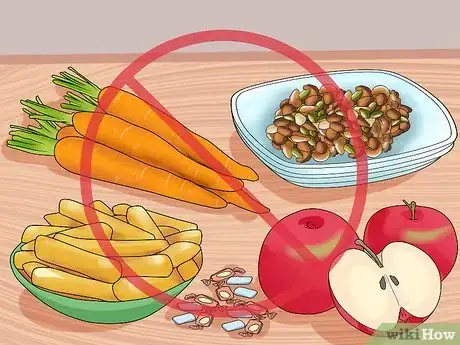
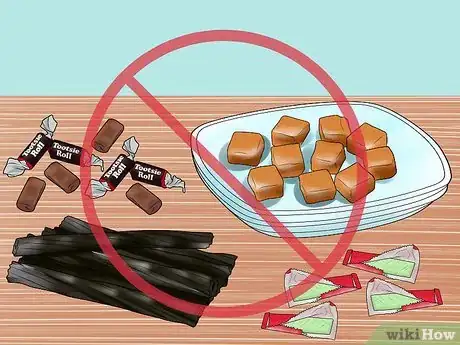
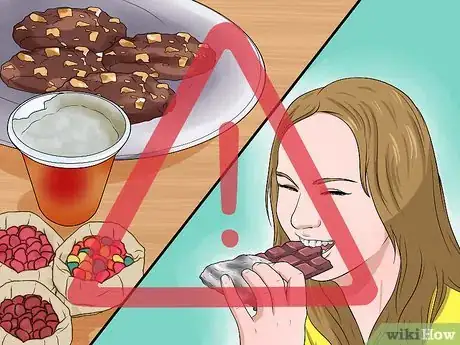
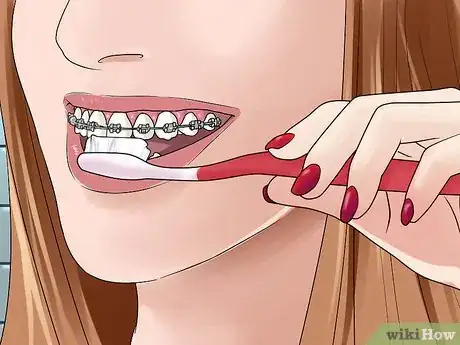

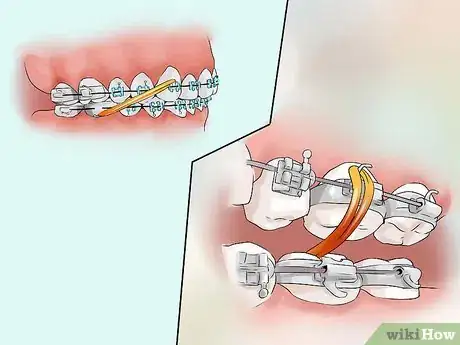
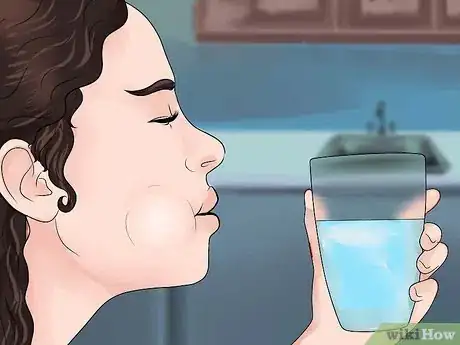
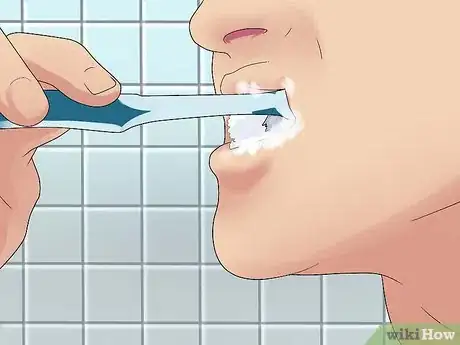
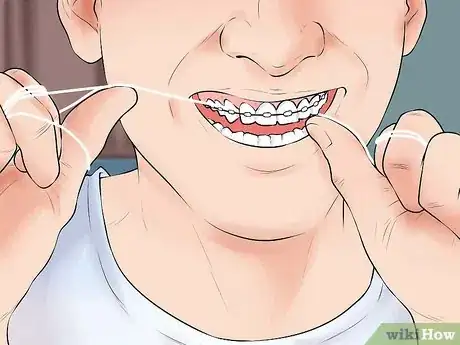

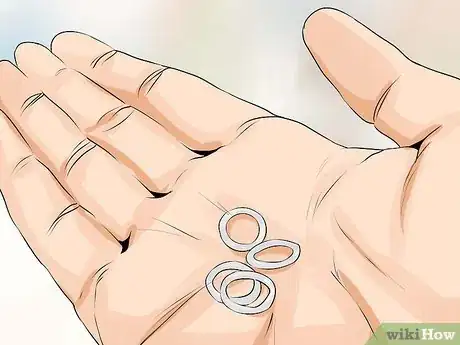
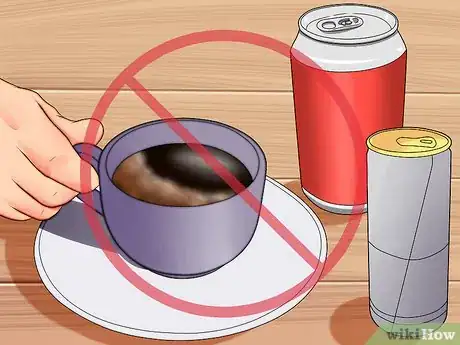
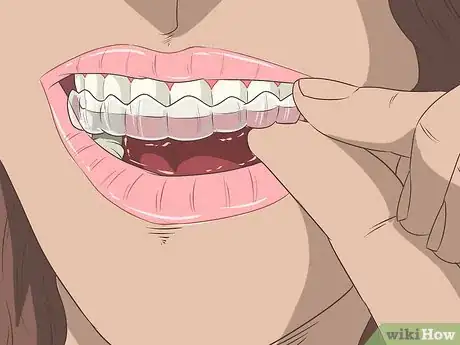
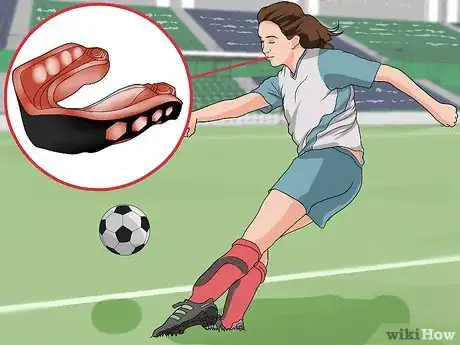




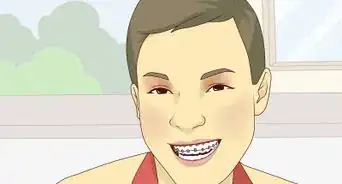
















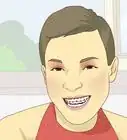
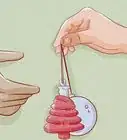



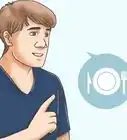
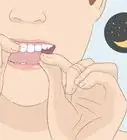


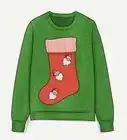
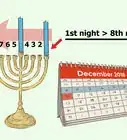
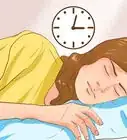


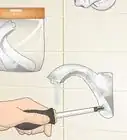
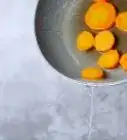
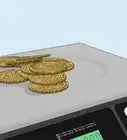

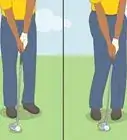

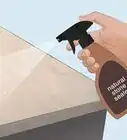


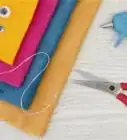
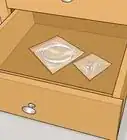

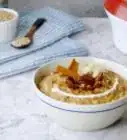
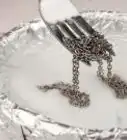
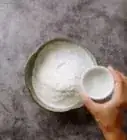
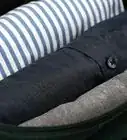
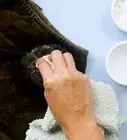
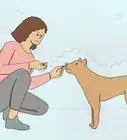





Medical Disclaimer
The content of this article is not intended to be a substitute for professional medical advice, examination, diagnosis, or treatment. You should always contact your doctor or other qualified healthcare professional before starting, changing, or stopping any kind of health treatment.
Read More...